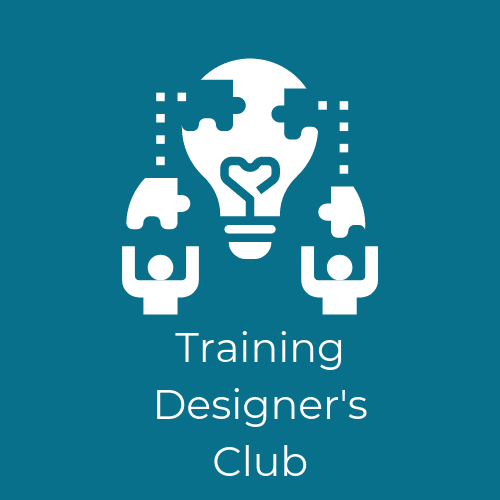Last week I attended a cheese-making course with Lacey’s Cheese in North Yorkshire. It was fascinating, but I am NOT a qualified cheese maker! In fact, the day was more about really understanding and getting involved with the process. Cheese-making is one of those skills that is very simple at its core- it’s possible for anyone to follow a recipe and make cheese; but it’s also very nuanced – it takes a lot of knowledge and experience to make nice cheese consistently and well. The experience brought to light some fascinating parallels with training design and delivery.
Like many creative endeavours, anyone can ‘have a go’ at cheese-making, achieve a broadly successful outcome, and find satisfaction in the effort. But it doesn’t make you an expert; it doesn’t mean you fully understand what you did; it means that you can’t necessarily replicate it; it means you won’t really understand why something turned out so well, or why it didn’t work.
Training Design as a Creative Process
Like cheese making, training design is a creative process. Deceptively simple, yet full of hidden complexity and nuances. That’s perhaps why everyone thinks they can do it – and they CAN to a certain extent, BUT…
- Can you do it well?
- Can you do it consistently?
- Do you KNOW why certain things work so well?
- Can you spot the weaknesses in your plan?
- Would you know what to fix if it didn’t get the results you wanted?
- Can you do it efficiently?
- Could someone else follow your design if you needed to hand it over?
In one of my YouTube videos, I talk about the importance of knowing the rules so you can break the rules in all sorts of areas, including training design. This principle holds true in cheese-making, where specific processes and measurements must be followed to a tee to achieve the desired outcome. However, aspects such as flavouring, the pressure used to press the cheese, and the length of ageing are more subjective and can be tailored to personal preference. And the same is true when designing training…
The rules of great training design
If you’ve never been taught, you probably don’t know what they are. You’ve no doubt stumbled upon some good practices along the way, but you’ve probably picked up some bad habits too. You have no way of knowing, so you also have no way of avoiding some of the common pitfalls.
If you want to make sure you’ve got the basics right, Design Training in 6 Simple Steps will give you a core process to follow.
MASTERing your Training Design will explain the ‘rules’ of accelerated learning so that you can make sure your training workshop is engaging and effective without resorting to gimmicks or losing its flow.
AI can be a fantastic assistant, but it is just a TOOL and you need to know how to use that tool properly. That’s what my Save Time with AI Assisted Training Design course has good practice in training design as its core – and shows you how to use AI for the right task at the right time in the right way.
Training design: A balance of science and art
Don’t leave your training to chance. Whilst you can’t use a cookie-cutter, one-size-fits-all formula to design engaging training experiences, you can’t just go with random ideas and hope for the best. The best training has always been based on a robust process, but reflects the creativity of the trainer and the unique characteristics of the audience.
To get the balance right, know the rules. Follow the rules (apart from when you consciously decide to bend or even break them). Use the right tools, but don’t think that the tools will do your job for you. Get the right blend of process and creativity to design training that really works.
